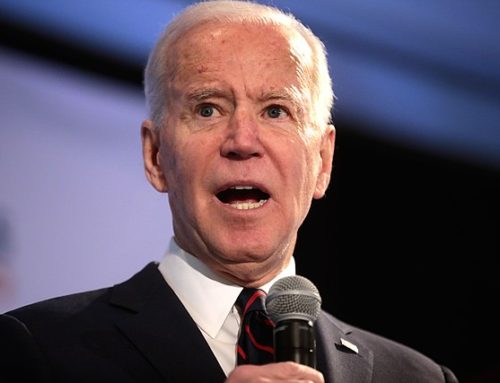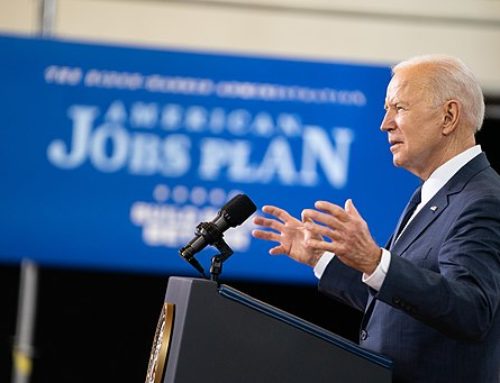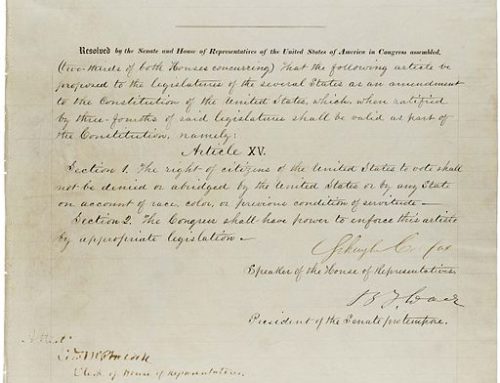Introduction
Martin Feldstein, the former Chairman of Council of Economic Advisors under Ronald Reagan, proposed a better solution to the housing than the current economic recovery proposal that will be considered by the House of Representatives this week.
Overview
The most significant element of the current financial crisis stems from a decline in housing prices. The most recent data, from S&P/ Case/Shiller reflects the greatest housing crisis since the Great Depression, down some 17% over the past year. This decline in housing caused the value of mortgages on some 10 million homes (about 20% of all homes) to exceed the value of the underlying home. Negative home equity has three dangerous implications for the financial industry
The legal protection of homeowners from financial litigation beyond home abandonment encourages delinquencies and relocation. (Home mortgages are non-recourse borrowing)
Further home price declines could lead to trillion dollar incremental losses to the financial community and increase imbalance of outstanding mortgages to homes by another 10 million or 40% of all homes.
Counter party concerns has skyrocketed overnight loan costs between financial institutions to some 4% above the federal funds rate—a historical aberration unique in American history
The recent financing by Warren Buffett of General Electric-10% preferred + 5 year low cost warrants—emphatically illustrates that the problem has now traversed Wall Street to Main Street. Dire announcements by AT&T and the automotive industry highlight anecdotally the rapid cancer spreading.
Feldstein Proposal
Concept:
The Feldstein proposal focuses solely on housing and would
Entail a government expenditure (not bailout) close to $800 billion dollars
Require home beneficiaries to guarantee personally any borrowing from the federal government. The government could garner wages under the Feldstein proposal, preventing borrowers from escaping financial consequences by “walking away” from their homes. Stated differently, unlike a mortgage, this loan is recourse to the borrower.
Mechanics
Any homeowner could replace up to 20% of their mortgage up to $80,000 from the government at 2.25%. The mortgage would be reduced dollar for dollar.
Upon sale of the home, the government would have priority over mortgage holder.
Benefits
The homeowner would get the benefit of reducing his mortgage by up to 20%, a very considerable saving
Billions of dollars of securities backed by excessive mortgages could go from being “out of the money to being in the money.” First of all, some $800 billion dollars would flow through the financial system and result in a pay down of securities. Secondly, by reducing mortgages by 20% the value of the mortgage would equal the value of the house. This would be a stimulus for homeowners to keep their home because of the recourse aspect on their government borrowing and the remaining mortgage would equate roughly to current house prices.
Conclusion
The problem with the current financial emergency relief bill is several:
There is no direct correlation with helping a security holder and helping a home owner. That is, the security is just a tiny piece of a mortgage, and thus cannot serve as a leverage to redress home owner distress.
The reverse auction program could be a nightmare to implement fairly. That is, if the government pays too much, the taxpayer looses. If the government pays too little, the selling institution does not benefit.
The $150 billion of add-ons to get the bill passed are not germane to the problem. Their enactment should be considered in due course with deliberation rather than “in the heat of the night.”
August 27, 2008
Martin Feldstein on the Housing spiral
Martin Feldstein pens a comment on the dangers of overshooting on the way down in housing in this morning’s FT. Martin is a professor of economics at Harvard and also apparently an avid reader of this blog since I wrote about a 20% overshoot as a game-over scenario. He has taken notice :)
House prices that could overshoot by 60 per cent on the way up could also overshoot substantially on the way down. During the past 12 months, house prices across the nation fell by an average of 16 per cent.
…
A policy is needed that will permit the appropriate 15 per cent additional decline in house prices but end the risk of a further downward spiral. No such policy is now in place or on the legislative drawing board.
Because of the uncertain values of mortgage-backed securities, financial institutions lack confidence in the liquidity and solvency of counterparties and even in the value of their own capital. Without that confidence, there cannot be adequate credit flows and without credit there cannot be economic activity and growth.
Because of the decline in house prices that has already occurred, more than 10m home owners now have mortgages that exceed the values of their house. This is 20 per cent of all homeowners with mortgages. For half of that negative equity group, the debt exceeds the house value by more than 20 per cent. If house prices fall another 15 per cent, negative equity mortgages will rise to 20m.
The large and growing number of homeowners with negative equity will increase the rate of defaults and foreclosures and therefore drive the downward spiral of prices. Defaults are likely to accelerate as the ratio of the debt to the home value rises. While a homeowner who owes 10 per cent more than the value of a house may continue to service the mortgage, when the excess debt reaches 30 per cent he is much more likely to default. Each such default puts downward pressure on existing prices, increasing the likelihood of further defaults. It is this spiral that threatens the American economy and the global financial system.
The federal government would offer every homeowner with a mortgage the opportunity to replace 20 per cent of that mortgage with a low interest government loan – up to a loan limit of $80,000 (€55,000, £44,000) – that reflects the government’s lower borrowing rate. Creditors would be required to accept this partial mortgage pay-down and to reduce the monthly interest and principal by the same 20 per cent. That mortgage replacement loan would not be collateralised by the house but would be a loan that the government could enforce by lodging a claim on an individual who does not pay.
With the mortgage replacement loan, people who now have a mortgage equal to 90 per cent of their house value would see that mortgage fall to just 72 per cent of the house value, implying that it would take a very unlikely price fall of more than 28 per cent to push those individuals into negative equity.
By stopping the downward overshooting of house prices, the mortgage replacement programme would help all homeowners, including those who now have negative equity. Limiting the destruction of homeowners’ wealth would help to maintain consumer spending, boosting production and employment. Renters as well as homeowners would benefit. And stabilising the values of mortgage-backed securities would strengthen financial institutions, increasing credit flows that would further stimulate the economy.
The US economy is sliding into recession. Employment, industrial production and real incomes are declining. Monetary policy has little traction because of the dysfunctional credit markets and the collapse of housing. The fiscal policy of tax rebates failed to achieve a significant impact on consumer spending. The economy will continue to decline and the financial markets to deteriorate unless a policy is adopted to stop the downward spiral of house prices.
This looks like is a refinancing program by the govt. I do not exactly understand how this reduces and individual’s equity participation. You owe the same monies but now your creditors are a private company and the govt and the govt one happens to have a lower payment rate. You will still go in negative equity territory but you have swapped a no-recourse loan into one where the govt can go and pick your pockets. Also in case there is nothing to pick the tax payer is left with the bill. This helps the lenders, by liquifying 20% of the value, they get the cash now, which they badly need. This helps Wall Street but not Joe Schmoe.
Originally published in the Sarasota Herald-Tribune



